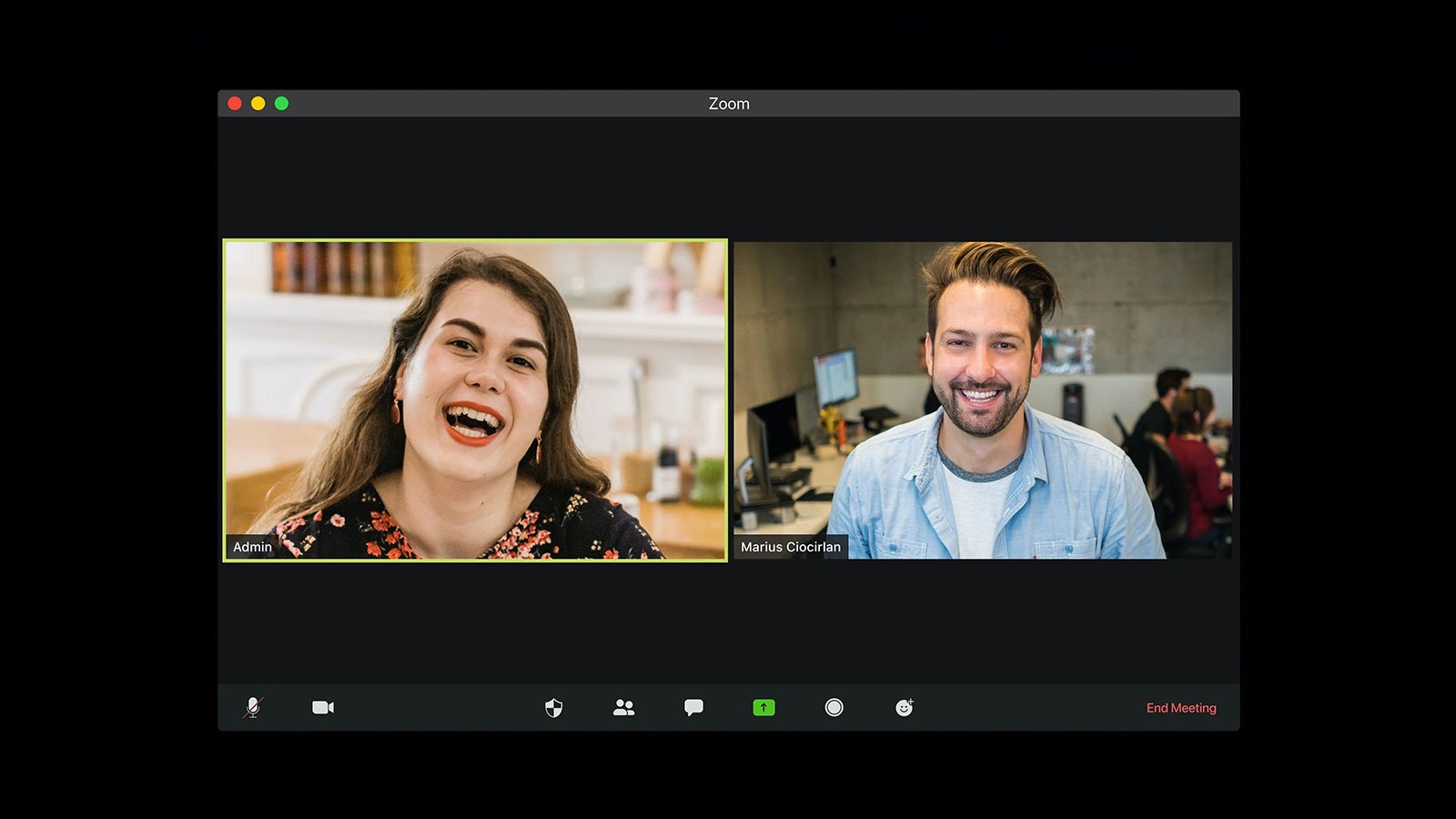Seven Steps for Creating a Corporate Family-Caregiving Strategy During COVID-19

The first version of this piece appeared on NEEBC’s blog in June 2019. When I submitted it for inclusion, I did not imagine that it would be one of the most popular blogs on NEEBC’s site that year. Recently, NEEBC asked me to update the blog to reflect how the coronavirus pandemic has impacted a company’s ability to create a care culture. Read on.
Introduction
The Coronavirus Pandemic has launched companies and employees into a time of unprecedented change and uncertainty. For months now, human resources and benefits departments have been overwhelmed by the questions and challenging circumstances their employees have as the demands of work and family life collide like never before. Employees are grappling with the challenges of caring for children who may not be attending school or daycare like they are used to, family members who are ill with COVID-19 or other conditions, and what feel like diminishing opportunities to balance their own physical and mental well-being.
And while many people in your employ are indeed caregivers, keep in mind that these same employees do not necessarily identify with that term. Most likely they would describe themselves as parents, daughters, sons, spouses, partners, sisters, brothers, or friends. Even when someone does identify with the term “caregiver,” you may still be the last to know. With the dramatic increase in unemployment and furloughs due to COVID-19, the fear that disclosing caregiving status (and its concomitant challenges) to an employer will impact their job or advancement prospects may just feel too risky.
The information in this blog can help you, in your role as an HR or benefits leader, focus on creating a caregiving culture that sustains both your employees (whether or not you know their caregiving status) and your company through these difficult times and beyond. Many of the steps below will get you well on your way to ushering in (or updating) your company’s corporate caregiving strategy and plan.
Step 1: Develop a clearly articulated position and policy on employee-caregiver support.
When it comes to caregiving and its impact on your company, you first need to determine the ground you are standing on. Do you believe that taking care of your employees and their families are your company’s responsibility, in whole or in part? A growing number of companies take this position–and take it quite seriously–by providing a full complement of benefits and supports. Take some time to articulate your company’s position and then draft (or update) your policy on employee-caregiver support. Next, review your company’s anti-discrimination policy (or consider a stand-along caregiver discrimination policy) to ensure it explicitly includes family responsibilities as a protected category. Model policies are available online. Finally, review your policies on attendance, leave, flexible work, compensation (including bonuses), recruitment, hiring, promotion, discipline, and termination. As currently written, these policies may be impacting caregivers in unintended ways. Make sure each of the aforementioned policies contemplates and includes an understanding of the impact of caregiving challenges–whether disclosed or not–on these aspects of your business, your company’s commitment to support, and the language of any caregiver law in your state/locality. This comprehensive set of policies will go a long way toward creating a supportive workplace culture across departments and the organization.
Step 2: Gain executive sponsorship and buy in.
Lack of executive sponsorship can be the death knell of even the most worthy corporate initiatives. Therefore, it is wise to find out who are your corporate caregiving champions at the top of the corporate ladder. Many of the folks on the top rungs (perhaps this includes you?) are at the age where they are caring for their own aging parents. They get it. They, too, are caregivers trying to get a patient with dementia to wash his/her hands, managing restrictions around nursing home visitation, and working hard to educate Mom or Dad before the latest financial scam drains a parent’s bank account. Executives raising children (maybe this includes you?) are also experiencing their fair share of challenges brought on by remote or hybrid learning, inadequate childcare and after-school activities, and the lack of properly implemented IEPs for their children with disabilities. Some executives are caught in the sandwich (maybe this includes you?) with both parenting and caregiving needs demanding more of their time that usual. These are executives who are also figuring out how to make life work during the new normal, next normal, and the one after that. When you approach them (or perhaps they have approached you), chances are high that they will readily buy in to the caregiving goals you are driving, lend their support, and find the budget you need to achieve those goals. That’s when you’ll realize that the “C” in “C-Suite” really stands for “Caregiving.”
Step 3: Create flexible approaches to solving employee-caregiver challenges.
Many of the demands of caregiving take place during the “typical” workday. It’s when Mom’s doctor finally calls, or Jasmine needs to sign in to Google classroom and the WiFi isn’t working. When your employees can’t easily address these and other demands of caregiving during a pandemic, it increases their stress, impacts their ability to focus on the work at hand, and often leads to more days off — or worse — a reduction in hours or job flight altogether. This isn’t news to any of us involved in employing people. It also isn’t news to any of us involved in caregiving. What is news, however, is the small office set aside at a company so that essential workers can make and take time-sensitive and private phone calls about caregiving. What is also news is paid family leave or the ability to donate paid time off to a co-worker with COVID-19 or a child who has to quarantine for 14 days. Also compelling are a “get-your-job-done” from anywhere and at any time approach, a compressed work week, shift swaps, and COVID-ready work coverage plans. Often, flexibility in geography or schedule makes all the difference for an employee trying to navigate the pandemic. Consider what your company can do to support as many caregivers in your employ as possible (think: scalable!). Many of these out-of-the-box approaches cost little to nothing, yet the payoff in loyalty and productivity can be incalculable.
Flexibility is the key concept. Avoid the “we’ve never done it this way before” mentality. The pandemic requires us all to think new thoughts and be willing to experiment with a range of solutions. Focus on what might be possible instead. For instance, many companies thought working remotely would negatively impact productivity; the majority of people report feeling more focused during their workday even though they are working from home instead of in the office. (Source: When everyone can work from home, what’s the office for?, PwC’s US Remote Work Survey, June 25, 2020.)
Step 4: Offer a wide range of caregiving benefits.
Some companies are ahead of the curve when it comes to addressing the needs of their employee caregivers. For instance, a growing number now consider caregiving benefits to be part and parcel of their company’s “well-being” strategy. Why? Well, despite all recommendations to the contrary, people in caregiving roles (whether they are parenting, caring for aging loved ones, or caught in the sandwich) are NOT putting their own oxygen mask on first before assisting others. There is no time to go to the gym (if it’s even open), or get a physical (except via a telemedicine appointment in many areas), or enroll in a wellness challenge at work, no matter how appealing the incentive (pass the potato chips, please!). Instead of addressing their own self-care needs, these employees spend their “free” time dealing with unresolved family crises (like whether a son or daughter will attend college in the fall or take a gap year) or unanticipated challenges (from the popular “Shoot! I left my mask at home.” to the less common but incredibly inconvenient, “My car just broke down. How will I get home when I can’t ride in the tow truck?”).
Despite being months into it, the pandemic is still new for all of us. As a result, the usual stressors often become magnified, and the amount of time it takes to manage and follow new guidelines (like masks and social distancing at restaurants) and new routines (such as getting the kids ready for school) has also increased. Fortunately, when companies help families solve their most pressing caregiving challenges, they can help “unblock” any new obstacles on the path to self-care. This intentional effort produces a clear win-win.
Fortunately, human resources and benefits leaders have quickly recognized that they need to show up like never before with caregiving solutions for their employees. If your company is just now exploring available benefits to address the pandemic, look at the range of benefits available, including access to caregiving decision support, discounts on childcare or tutoring services, estate and financial planning services, short- and long-term disability, etc. If there ever was a time to push your company to be on its caregiving-benefits growth edge, that time is now. It won’t be enough to remain static: you will need to think beyond “our EAP covers that” or “we offer back-up care so our family caregiver needs are all set.” While both of these are essential to a solid caregiving benefits offering in a pandemic, understand that these often address the symptoms of caregiving.
What they fail to address, however, are the root causes that drive the need for counseling or unexpected coverage in the first place. Fortunately, there are plenty of other caregiving benefits out there that can round out your company’s offering and more fully meet your employees’ needs. With a little research or a call to your broker, you can explore what’s available and make some decisions well before the flurry of open enrollment – or worse, a second wave of COVID-19 infections – requires all your attention.
Step 5. Understand the impact of federal, state, and local laws regarding caregivers in the workforce.
Increasingly, HR and benefits leaders are hearing about “family responsibilities discrimination,” or FRD, which is employment discrimination because of an employee’s caregiving obligations. Whether FRD is based on pregnancy, motherhood, fatherhood, care for sick family members, care for family members with disabilities, or care for ill or aging parents, it’s a no-no, and an expensive one at that.
Many long-standing anti-discrimination laws, like Title VII of the Civil Rights Act of 1964, the Family and Medical Leave Act of 1993, the Americans with Disabilities Act of 1990, the Rehabilitation Act of 1973, and the Employee Retirement Income Security Act of 1974, prohibit employment discrimination based on certain protected classes (like women or people with disabilities). Make sure you understand how and when these federal laws apply. Then, brush up on the existence of any state and local laws which specifically prohibit unlawful discrimination based on status as a caregiver; currently, these laws exist in several states and over 90 local jurisdictions. If you have satellite offices in different cities or states, you’ll want to be especially aware of which laws impact your company and its employees. (Note: Don’t forget about family and medical leave laws, including the impact of the Families First Coronavirus Response Act (FFCRA) on employer paid leave requirements. For the status of state family and medical leave laws, click here.) Finally, comply with these laws. The vast majority of employees are not looking to add complex litigation to their already challenged to-do lists.
Step 6. Provide staff, especially managers, with ongoing, relevant professional development.
Managers and supervisors throughout the company need to be aware of the prevalence of nondisclosure of caregiving status among employees as well as the ways to respond to employees who do come forward and ask for assistance. Do your managers know how to recognize employees who are struggling? Do they know well the company programs and policies that can help and when to offer them? Do they understand the limits of their responsibilities and the boundaries around what can and cannot be discussed with someone they supervise. Offer professional development in these areas as well as in helping them understand and manage their own unconscious biases, e.g., how they feel about pregnant or nursing employees, people from different cultures, family leave, “proper” work habits, “what it takes” to get a job done, etc.
You will be glad you invested the time. Ask any employment law attorney or your own in-house counsel, and they will tell you that front-line managers–the ones who interact with your employees on a daily basis–are a key source of caregiver discrimination claims. These same people can–and should be–a key source of positive support for your employees who are caregivers. Use the consistent presence and ongoing relationship between a manager and employee to your company’s advantage by making sure that those on the front line understand the impact of caregiving on the people they supervise.
Step 7. Communicate openly and often with staff.
One of the most important questions an HR or benefits professional (or any executive for that matter) can ask him or herself is, “Who else needs to know?” Communication is vital to the success of your new or revised pandemic-friendly, corporate caregiving strategy. At the same time, communication of benefits, while a persistent challenge for companies prior to the pandemic, is now made even more difficult by what seems like a constant bombardment of news and other “noise” competing for attention. Right now, you may be tasked with what feels like an impossible assignment of making sure that employees know what benefits are available to them. So, you email company newsletters, push notifications, and add benefits to the company portal, yet utilization still lags behind desired levels. If this struggle is real for you, consider adding some low-tech strategies to your outreach arsenal. For example, while perhaps indelicate, flyers on the back of the bathroom stall door or next to the mirror at the restroom sink may catch your essential employee’s eye more reliably than one more email in a cluttered inbox. For employees working remotely, try a dedicated Slack channel or postcard mailed home.
Lastly, don’t underestimate the value of word of mouth either, especially when it comes from an employee resource (or “affinity”) group (ERG). Because employees often trust their coworkers more than the corporate “suits,” this seemingly unscalable, did-you-hear-about? approach often begets surprising results. Consider developing ERGs within your organization (if you don’t already have them in place) to communicate your corporate caregiving strategy and to give like-minded employees an outlet to discuss their unique challenges.
Final Word
It’s worth your time and attention to think deliberately and intentionally about a robust strategy to accomplish your company’s corporate caregiving goals during the pandemic and beyond. In doing so, you will be providing benefit to both your employees and your company’s bottom line and showing just how much you and your company care.



